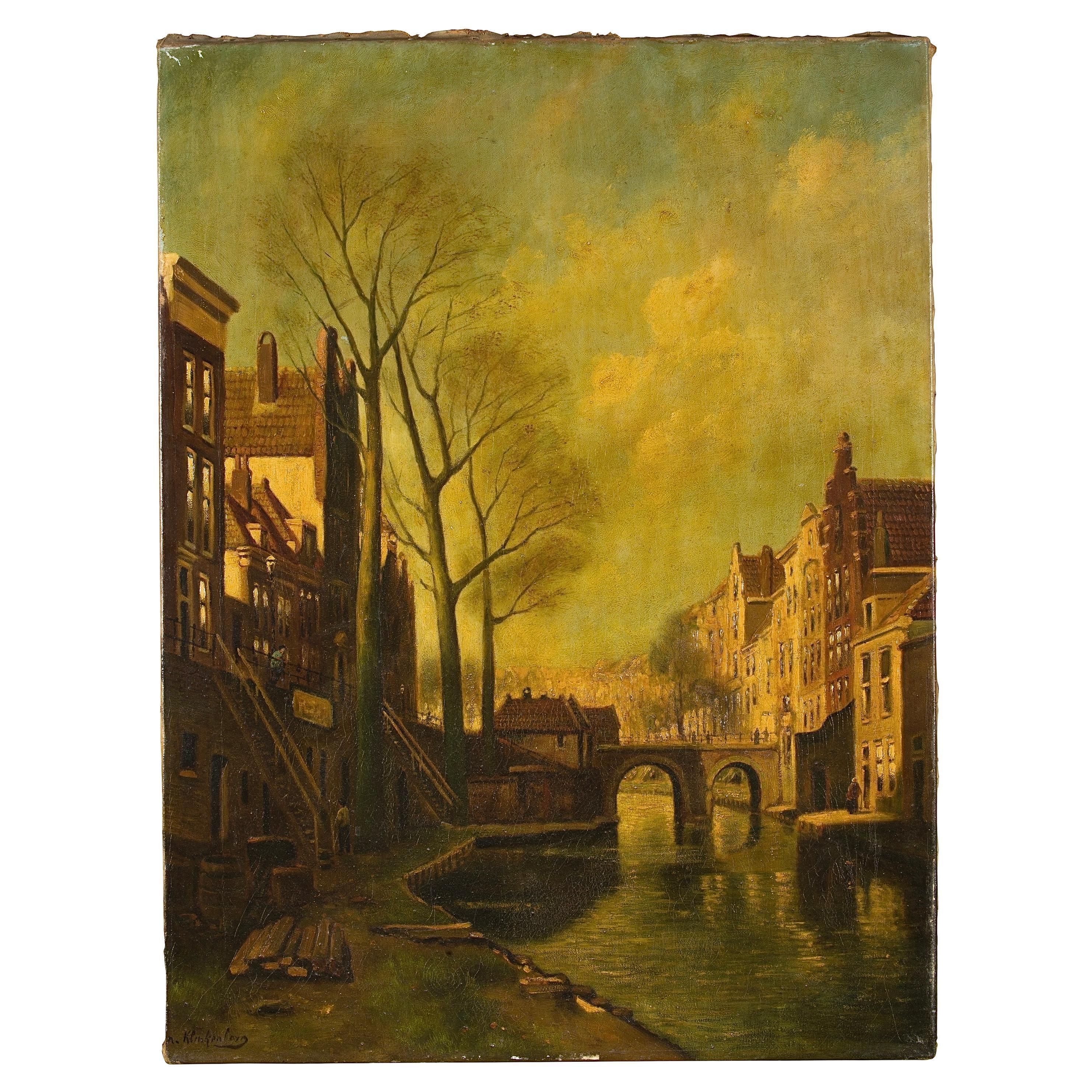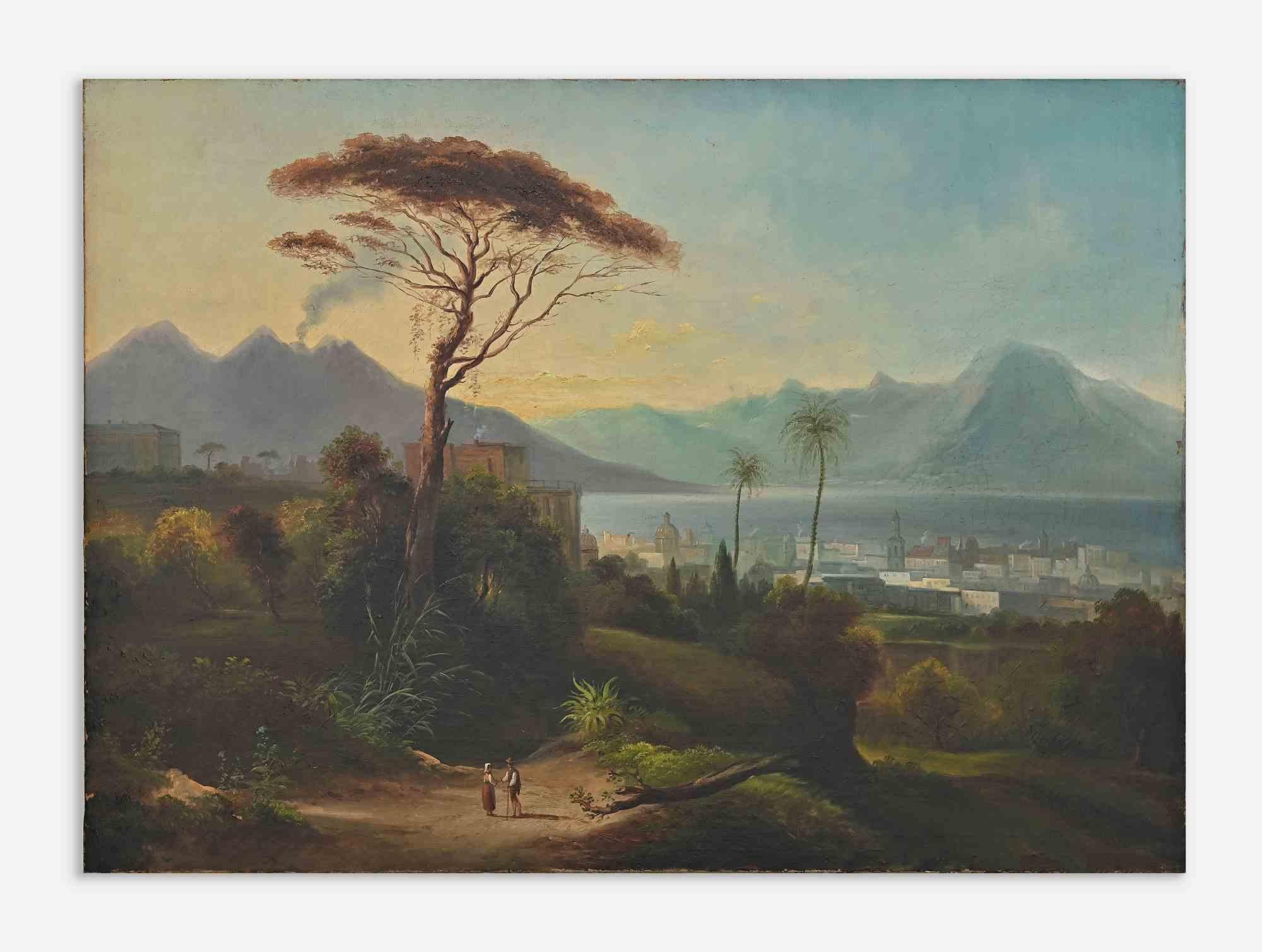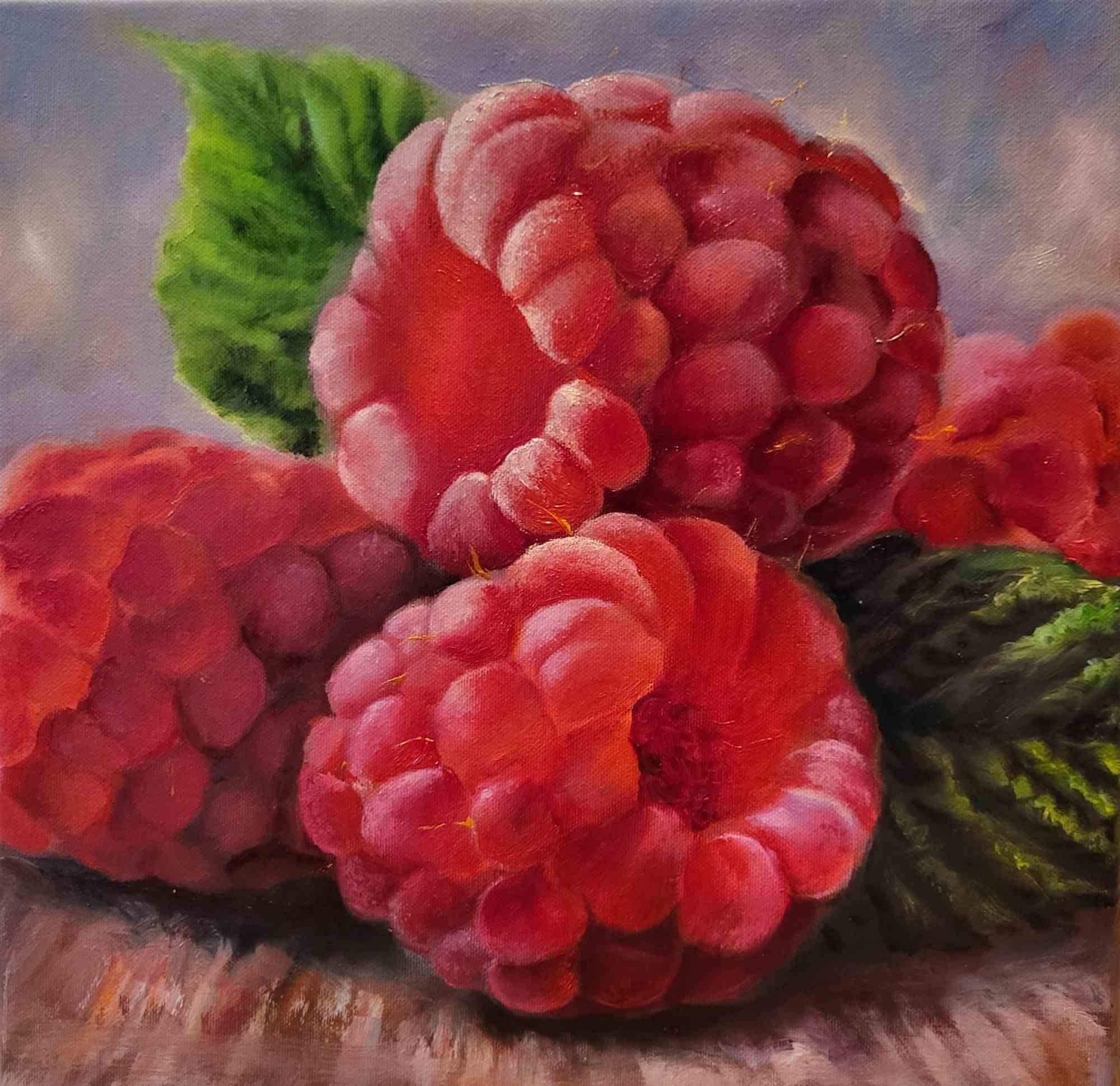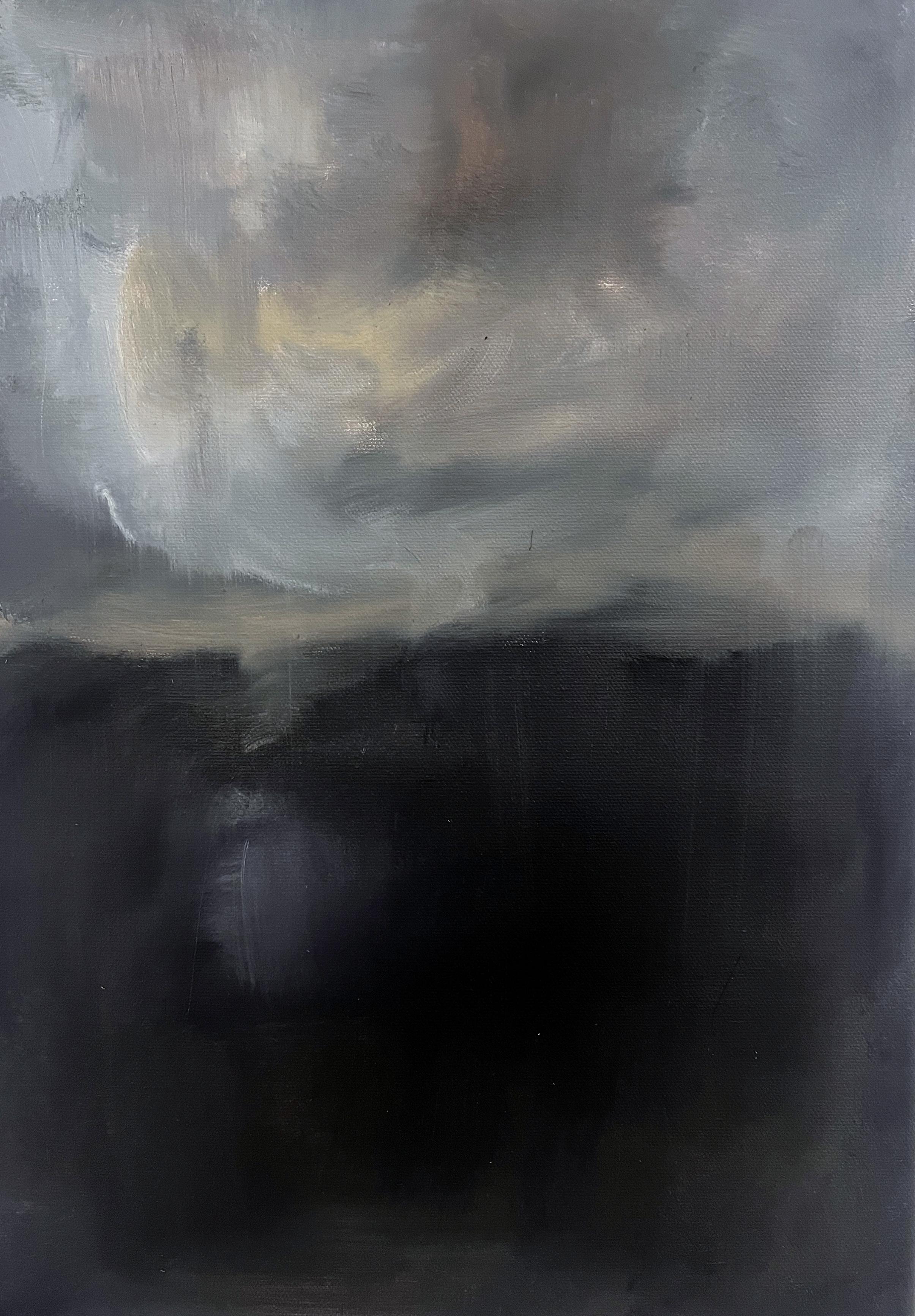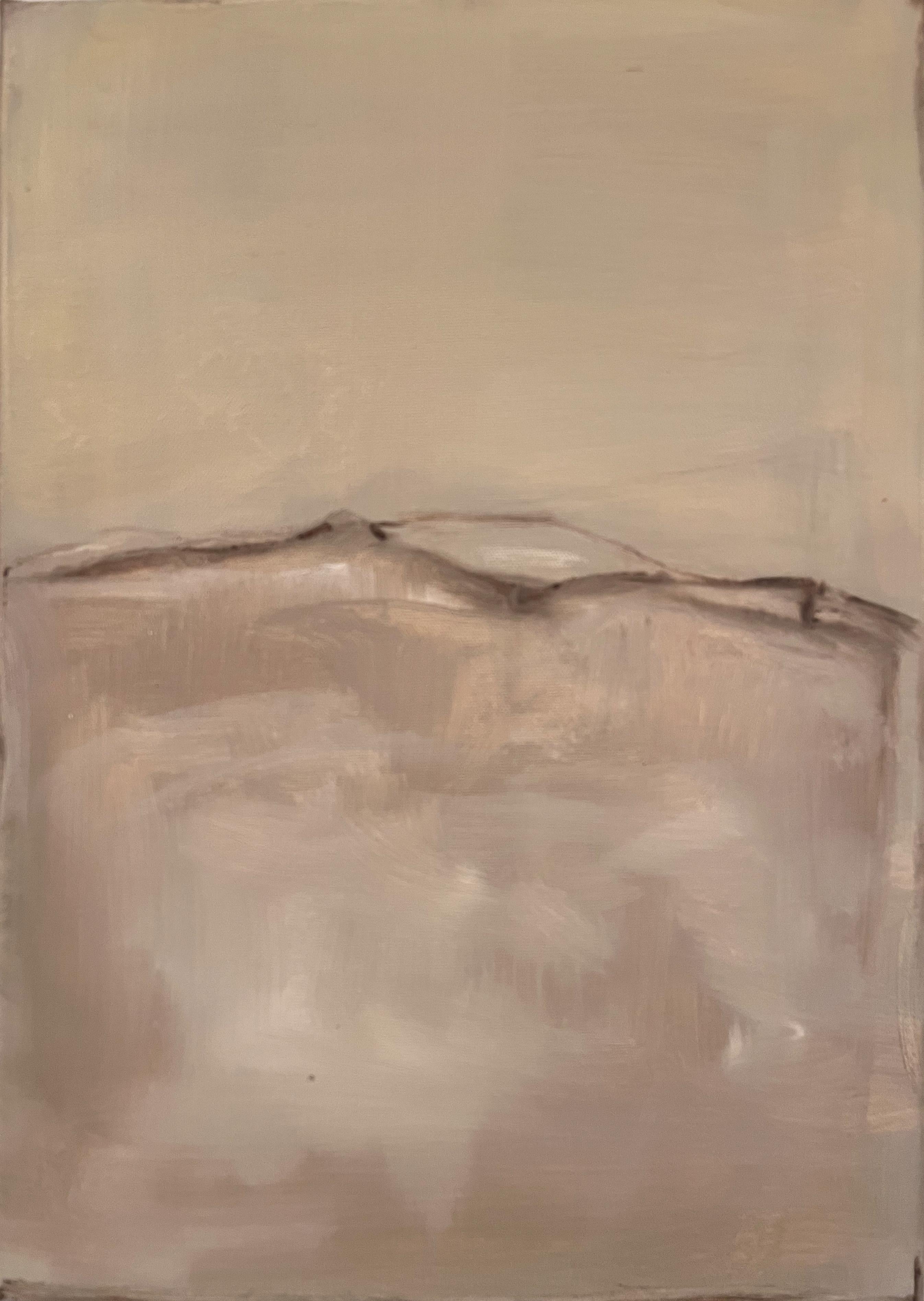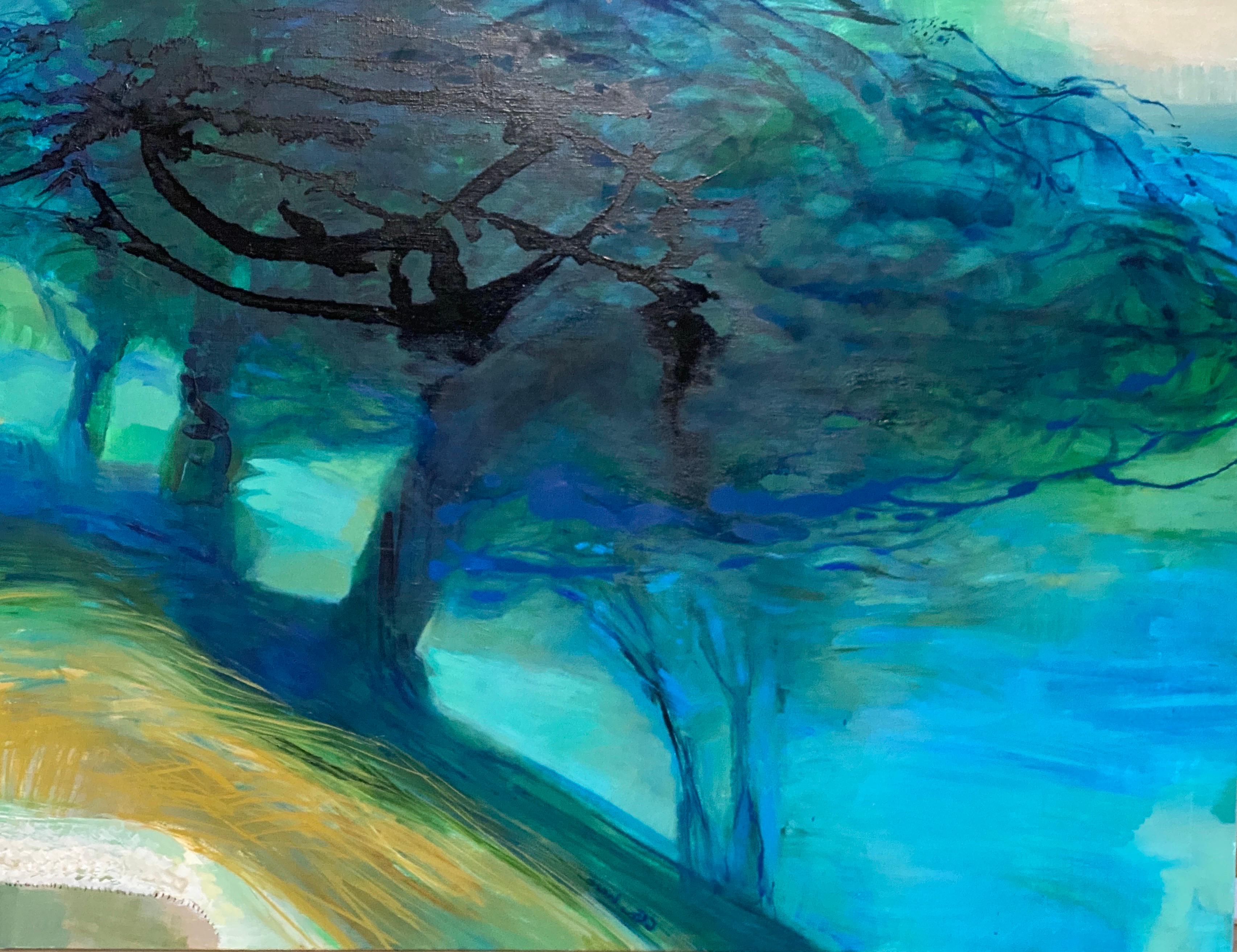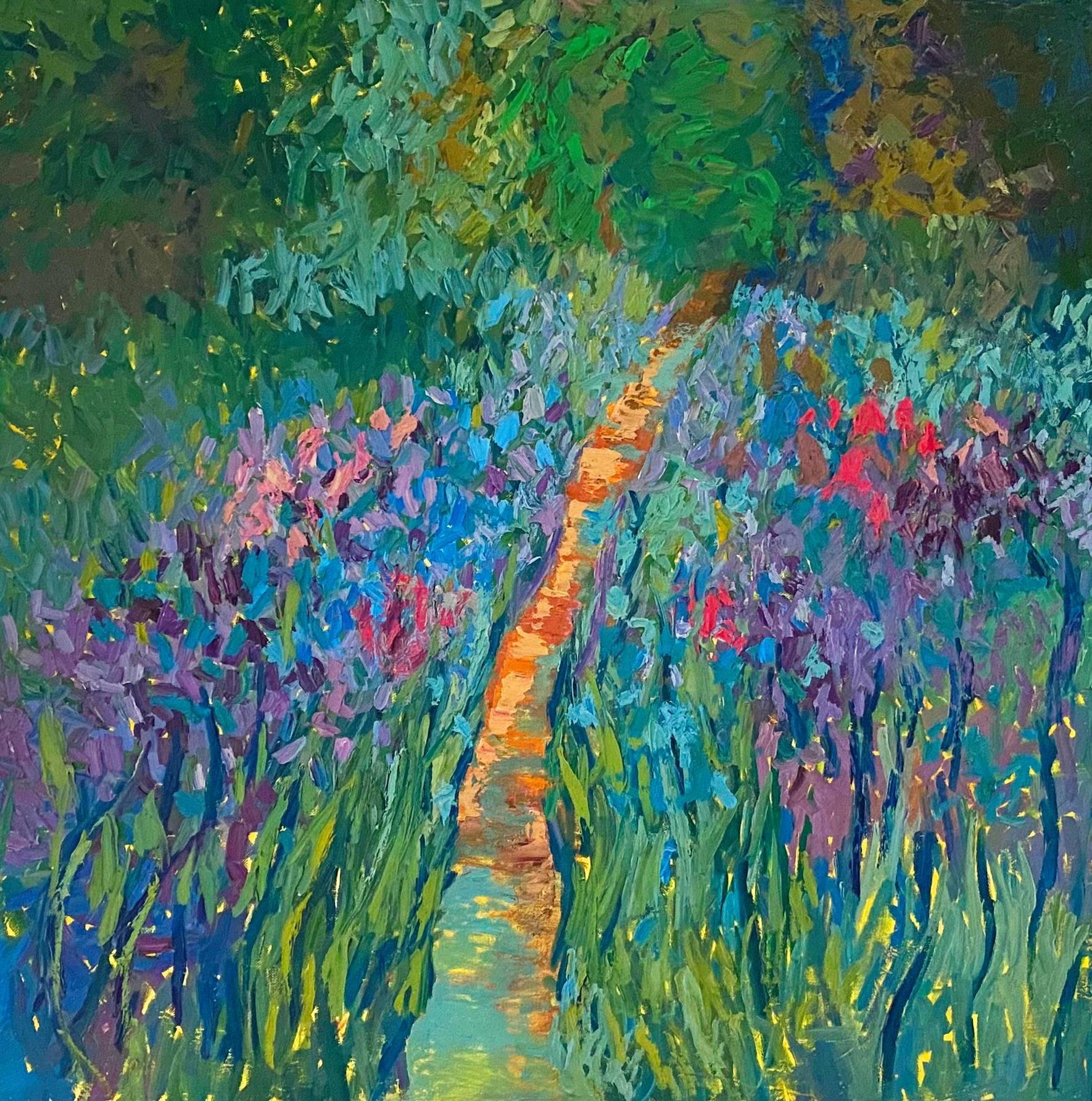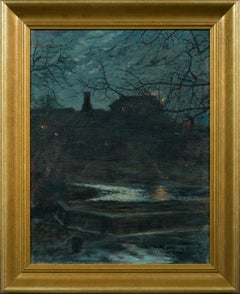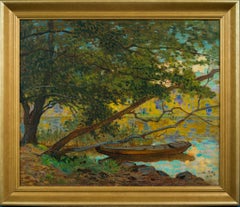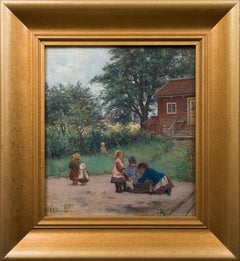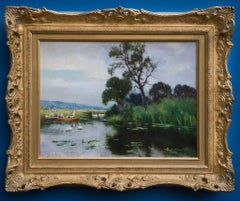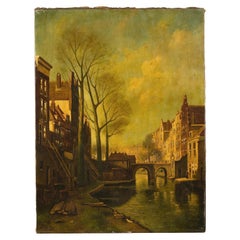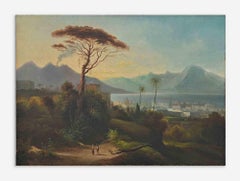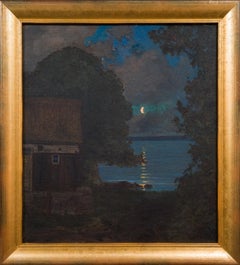
Moonlight by the Lake by Swedish Artist Herman Österlund
View Similar Items
Want more images or videos?
Request additional images or videos from the seller
1 of 9
Herman ÖsterlundMoonlight by the Lake by Swedish Artist Herman Österlundc.1920
c.1920
Price:$2,480.22
About the Item
- Creator:Herman Österlund (1873 - 1964, Swedish)
- Creation Year:c.1920
- Dimensions:Height: 27.96 in (71 cm)Width: 25.4 in (64.5 cm)
- Medium:
- Period:
- Condition:Small retouch in the upper centre among the clouds. New gold frame from 2024.
- Gallery Location:Stockholm, SE
- Reference Number:1stDibs: LU1445213879032
About the Seller
5.0
Platinum Seller
Premium sellers with a 4.7+ rating and 24-hour response times
Established in 2020
1stDibs seller since 2020
189 sales on 1stDibs
Associations
International Confederation of Art and Antique Dealers' Associations
Authenticity Guarantee
In the unlikely event there’s an issue with an item’s authenticity, contact us within 1 year for a full refund. DetailsMoney-Back Guarantee
If your item is not as described, is damaged in transit, or does not arrive, contact us within 7 days for a full refund. Details24-Hour Cancellation
You have a 24-hour grace period in which to reconsider your purchase, with no questions asked.Vetted Professional Sellers
Our world-class sellers must adhere to strict standards for service and quality, maintaining the integrity of our listings.Price-Match Guarantee
If you find that a seller listed the same item for a lower price elsewhere, we’ll match it.Trusted Global Delivery
Our best-in-class carrier network provides specialized shipping options worldwide, including custom delivery.More From This Seller
View AllThe Glow of the Past: Lundström’s Stockholm with a Touch of Mystery
Located in Stockholm, SE
We are pleased to present this painting by Ernst Lundström, dedicated to the esteemed sculptor Per Hasselberg. The dedication on the front of the painting makes this piece particular...
Category
1880s Romantic Landscape Paintings
Materials
Canvas, Oil
Rowboat Beneath the Trees, 1918
Located in Stockholm, SE
This evocative landscape by Axel Edvard Peter captures the serene beauty of nature with remarkable skill. Painted in 1918, the scene depicts a wooden rowboat resting in still waters beneath the sheltering branches of a lush tree. The dappled sunlight filtering through the foliage creates a mesmerizing interplay of light and shadow, while the artist’s use of short, expressive brushstrokes imbues the composition with a vibrant, almost impressionistic quality. The rich greens and golden hues of the landscape reflect Peter’s mastery of color and atmosphere.
Axel Peter was a Swedish painter known for his distinctive artistic voice, shaped by his studies at the Royal Academy of Fine Arts in Stockholm and further training in Paris and Germany. He was part of the influential Opponents’ Movement (Opponentrörelsen) of 1885, alongside artists such as Richard Bergh, Nils Kreuger, and Eugène Jansson...
Category
1910s Post-Impressionist Landscape Paintings
Materials
Canvas, Oil
Mother Washing with Children Nearby
Located in Stockholm, SE
This delightful painting by Carl Ewald Lönngren captures a serene moment of rural life in late 19th-century Sweden. The scene shows a mother kneeling by a wash basin, surrounded by h...
Category
Late 19th Century Realist Figurative Paintings
Materials
Canvas, Oil, Board
A Day in the Countryside by Henry John Yeend King
By Henry John Yeend King
Located in Stockholm, SE
This delightful painting by the renowned Victorian genre and landscape artist Henry John Yeend King captures the serene charm of the English countryside. Depicting an idyllic riversi...
Category
Late 19th Century Romantic Landscape Paintings
Materials
Canvas, Oil
Coastal Scene from the Swedish West Coast (1923)
Located in Stockholm, SE
Anton Genberg’s coastal painting captures a tranquil harbor scene along Sweden’s west coast. In this 1923 oil painting, a cluster of weathered boathouses stands by the water’s edge, ...
Category
1920s Impressionist Landscape Paintings
Materials
Canvas, Oil
Pointillist - Scandinavian Winter Landscape, 1907 by Arthur Percy
Located in Stockholm, SE
Introducing "Scandinavian Winter Landscape, 1907" a mesmerizing painting by the artist Arthur Percy Carlsson, later known as Arthur C:son Percy (1886-1976). Born in Vickleby, Öland, Percy's artistic journey was one defined by unwavering determination and exceptional talent.
This landscape painting presents a winter landscape, likely set during the early spring season. The canvas portrays a vast, snow-filled meadow, blanketed in pristine white. Above, the sky comes alive in a captivating pointillist style, with hues of blue, turquoise, and yellow forming delicate, scattered dots, while small clouds grace the horizon.
The scene unfolds with an enchanting backdrop of a distant forest, its trees adorned with a touch of winter's charm. Between the enchanting forest and the expansive meadow, a few humble houses...
Category
Early 1900s Pointillist Landscape Paintings
Materials
Canvas, Oil
You May Also Like
Karel Klinkenberg 19th Century Dutch Signed Painting
By Johannes Christiaan Karel Klinkenberg
Located in Roma, IT
Beautiful and important painting by the great Dutch artist Karel Klinkenberg who lived at the turn of the 19th and 20th centuries.
It depicts a canal in Utrecht depicted with his usu...
Category
Late 19th Century Dutch School Landscape Paintings
Materials
Canvas, Oil
Barcelona and Its People oil on canvas painting Spain spanish urbanscape
By Juan Roig y Soler
Located in Barcelona, Barcelona
Title: Barcelona and Its People
Artist: Joan Roig Soler (Barcelona, 1852 – 1909)
Medium: Oil on canvas
Dimensions: 19.7 x 13.8 in (50 x 35 cm)
Support: Relined canvas
Framing: U...
Category
Late 19th Century Impressionist Figurative Paintings
Materials
Canvas, Oil
The Meeting Oil Painting - 19th Century
Located in Roma, IT
The meeting is an original modern artwork realized by Artist of 19th century.
Mixed colore oil painting on canvas, not signed.
Relined in the mid-20th Century..
The artwork depic...
Category
19th Century Modern Figurative Paintings
Materials
Oil, Canvas
Raspberries - Oil Paint by Elena Mardashova - 2024
Located in Roma, IT
'Raspberries'.
Original oil painting on canvas 40 x 40 cm, 2024.
Category
2010s Contemporary Figurative Paintings
Materials
Oil, Canvas
Toledo Spain oil on canvas painting spanish landscape
By Ignacio Gil Sala
Located in Barcelona, Barcelona
Ignacio Gil Sala (1913-2003) - Toledo - Oil on canvas
Oil measures 73x92 cm.
Frameless.
Ignacio Gil Sala, was a painter, bohemian character, adventurous and intrepid traveler who kn...
Category
1970s Post-Impressionist Figurative Paintings
Materials
Canvas, Oil
$2,362 Sale Price
50% Off
Market of Olot Spain oil on canvas painting spanish urbanscape
Located in Barcelona, Barcelona
Title: Market of Olot, Spain
Artist: Manuel Zamora Muñoz (1928–2006)
Technique: Oil on canvas
Dimensions: 65 x 81 cm (25.6 x 31.9 in)
Framed dimensions: 90 x 106 cm (35.4 x 41.7 ...
Category
1960s Post-Impressionist Figurative Paintings
Materials
Canvas, Oil
$944 Sale Price
20% Off
Recently Viewed
View AllMore Ways To Browse
19th Century Seascape Paintings
French Victorian Painting
Oil Painting Cubist Landscape
Desert Impressionist Painting
Cherry Blossom Painting
Lucas Oil Painting
Palm Tree Canvas
Art Birch Trees
Channel Islands
Landscape With Poppies
Cowboy Oil Paintings
Antique Surrey
Affordable Impressionist Art
Surrey Landscape Art
Terrace Painting
Antique Maritime Paintings
Breton Oil
Oil Paintings 40x50
